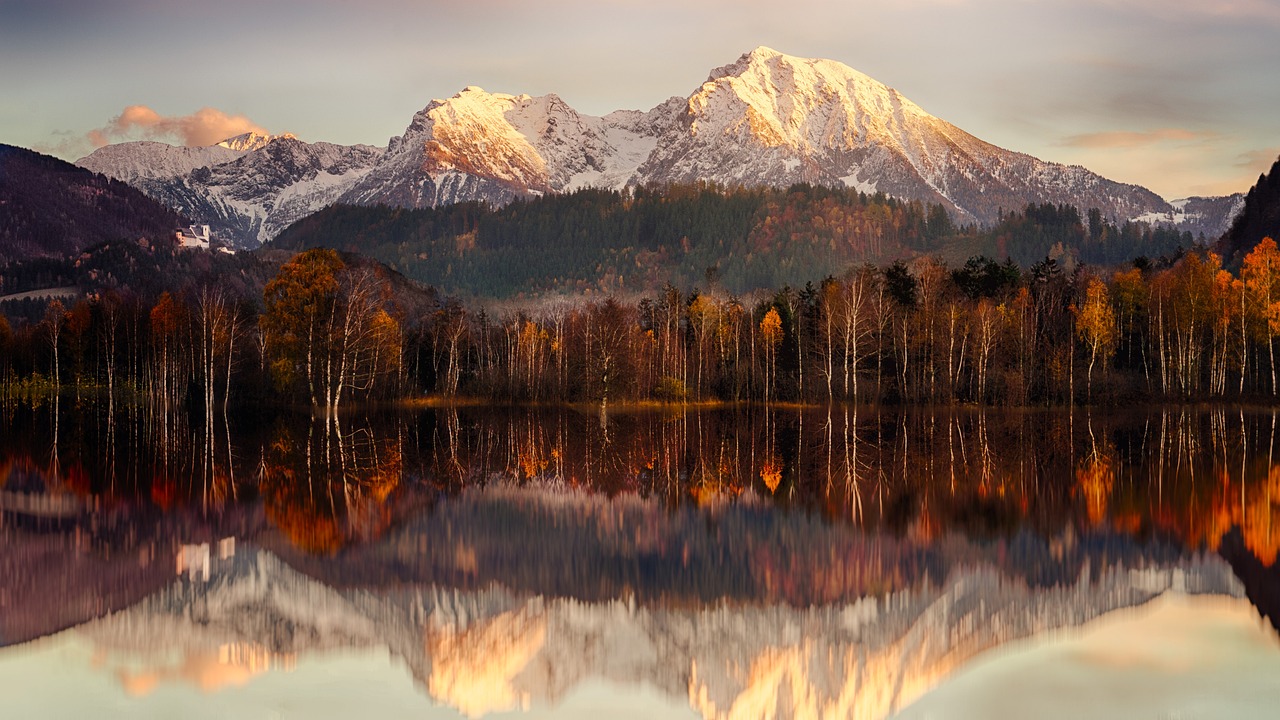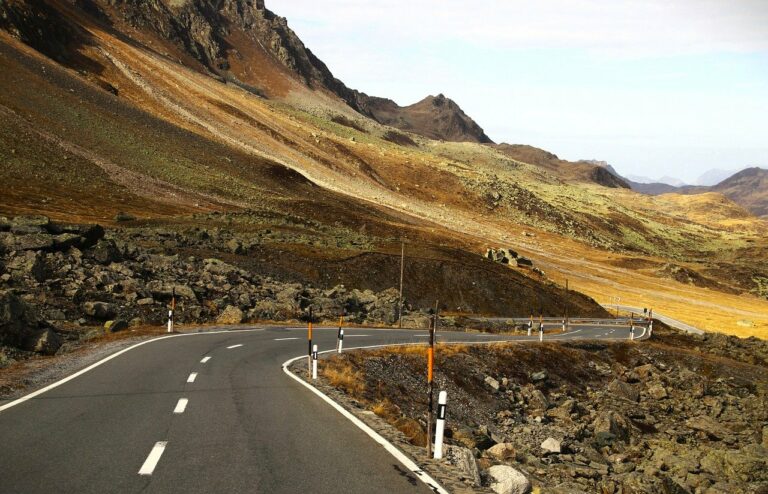The Growth of Adventure Sports Tourism
Adventure sports tourism has seen a significant boom in recent years as more and more people seek out adrenaline-pumping experiences while exploring new destinations. This trend has not only led to the popularity of traditional adventure activities like hiking and whitewater rafting but has also given rise to niche sports such as bungee jumping, paragliding, and rock climbing.
Rise in Popularity
One of the primary reasons for the growth of adventure sports tourism is the increasing desire for unique and memorable travel experiences. In a world where social media dominates, people are eager to showcase their adventurous side and share thrilling moments with friends and followers. This has led to a rise in demand for destinations that offer a wide range of adventure sports activities.
Diverse Offerings
Adventure sports tourism is not limited to just a few activities. Destinations around the world now cater to a wide range of interests, from extreme sports like skydiving and base jumping to more traditional activities like mountain biking and zip-lining. This diversity ensures that there is something for everyone, regardless of their thrill-seeking level.
Impact on Local Economies
The growth of adventure sports tourism has had a positive impact on many local economies. As more tourists flock to destinations known for their adventure sports offerings, there is a boost in revenue for local businesses, including tour operators, hotels, restaurants, and transportation services. This influx of tourism dollars can help support conservation efforts, infrastructure development, and job creation in these communities.
Sustainability Challenges
While adventure sports tourism can have many benefits for local economies, it also presents sustainability challenges. The increased foot traffic in natural areas can lead to environmental degradation if not managed properly. It is essential for tour operators, local authorities, and tourists themselves to prioritize sustainable practices that minimize the impact of adventure sports activities on the environment.
Future Trends
Looking ahead, the future of adventure sports tourism looks bright. As technology continues to advance, new opportunities are emerging for immersive and exhilarating experiences. Virtual reality and augmented reality are being integrated into adventure sports activities, allowing participants to push their limits in a safe and controlled environment. Additionally, there is a growing interest in combining adventure sports with wellness retreats, creating unique packages that cater to both the thrill-seekers and the wellness enthusiasts.
Conclusion
Adventure sports tourism is on the rise, driven by a growing desire for unique travel experiences and adrenaline-pumping activities. While this trend presents exciting opportunities for destinations and businesses, it also comes with challenges that must be addressed to ensure the long-term sustainability of adventure sports tourism. By embracing sustainable practices and staying ahead of emerging trends, the industry can continue to thrive and provide unforgettable experiences for thrill-seekers around the world.
FAQs
Q: Is adventure sports tourism safe?
A: Adventure sports tourism can be safe if proper precautions are taken and participants follow the guidance of trained professionals. It is essential to choose reputable tour operators with a focus on safety.
Q: Are there age restrictions for adventure sports activities?
A: Yes, many adventure sports activities have age restrictions for safety reasons. It is important to check with the tour operator or activity provider beforehand to ensure that participants meet any age requirements.
Q: What should I pack for an adventure sports trip?
A: Packing essentials for an adventure sports trip may vary depending on the activities you plan to participate in. However, some common items to pack include appropriate clothing, sturdy footwear, sunscreen, water, and a first aid kit.





